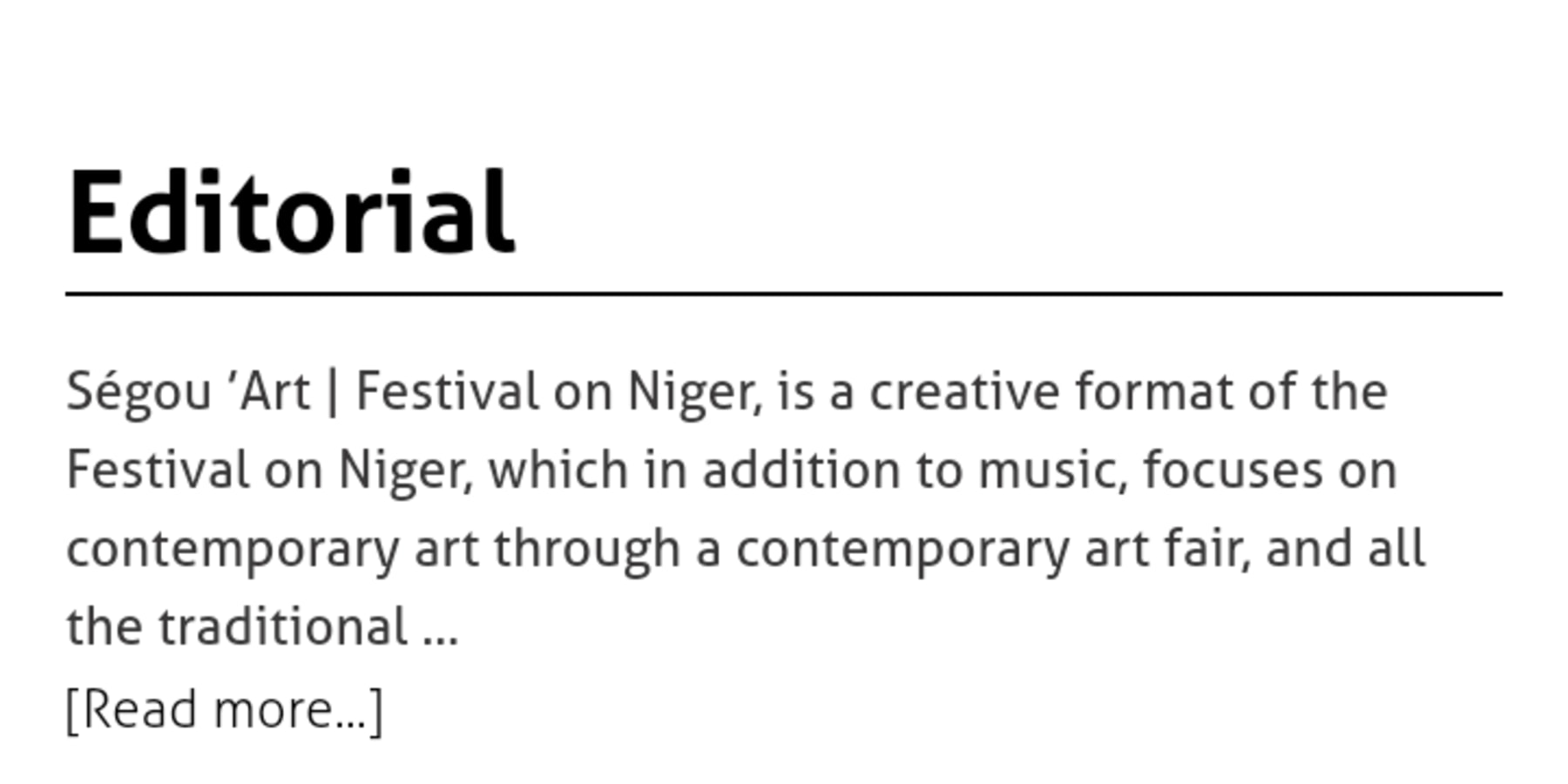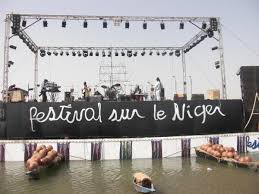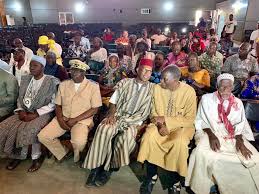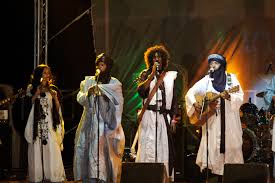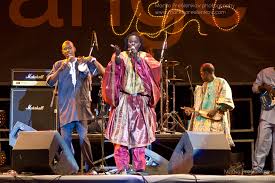
The Annual Festival On The Niger
Africa's Most Exciting Celebration of Tribal Traditions and Cultures
Ségou ’Art | Festival on Niger, is a creative format of the Festival on Niger, which in addition to music, focuses on contemporary art through a contemporary art fair, and all the traditional components of the Festival on Niger (Giant Concerts on the banks of the Niger River, Theater, Dance, Workshops, Conferences, Ségou Fair, Traditional Events, Cultural Caravan for Peace.). Ségou ’Art, in addition to the traditional components of the Festival on Niger, consists in bringing together gallery owners, collectors and art lovers, art critics around the works of young emerging talents from Africa and elsewhere, not only to make them known, stimulate local consumption, but also to initiate a reflection on the development of visual arts in Africa, and to create the optimal conditions for their emergence through a local art fair.
Components
The components of Ségou ’Art are as follows:
Art Fair
Art Exhibitions
Workshop / Master Class / Conference
Music, Theater, Dance
Travelling through a geographically and culturally diverse country like West Africa's Mali inevitably led to countless memorable experiences. There was, for instance, the fabulous trek through the Dogon Valley with its amazing cliff dwellings and extremely friendly people who still largely adhere to their animist beliefs. Or the enjoyable 3-day pinasse (small flat-bottomed wooden boat) trip over the Niger from Mopti to Timbuktu, followed by an adventurous camel ride through the Sahara desert in the North. Then there were the many bustling markets with their fragrant spices, huge calabashes, and intriguing kola nuts, as well as the eye-catching robes in every colour of the rainbow, worn by the most beautiful women effortlessly carrying big and heavy loads on their heads. Not to be forgotten was the world's largest mud mosque in Djenne, with its unique carved doors and turrets spiked with wooden poles, and the animated port of Mopti filled with brightly coloured wooden pirogues and pinasses originating from all corners of West Africa. Yet, the spectacular "Festival on The Niger," held on the river banks in the otherwise sleepy city of Segou, once the capital of the ancient Bambara kingdom, may well have been the biggest surprise of all.
Since 2005, many talented West African artists have joined the yearly festival to show off their great talents and traditional heritage. This year's fascinating mix of peoples and cultures included Bozo and Bamana troups from the Markala region with masks and puppets, Tinde Tuaregs with music and dance, troups from the Dogon Valley with stilt dancers, antelope-horn-playing Burus of Ballan, and story tellers such as the well-known Mohamed Lamine Konate from Burkina Faso, who, accompanied by musicians, brought West Africa's past alive again under one of the region's legendary balanzan trees. Moreover, there were modern and traditional art exhibitions (photographs, paintings, woodwork, sculpture, and jewellery), pottery and bogolan (mud cloth textiles) workshops, an international forum on "Local Knowledge and Globalisation," craft markets, and pirogue races among teams of various villages along the Niger River. And to top it all off, an impressive line-up of famous Malian and other West African singers and musicians such as Vieux Farka, Mamar Kasse, Mamadou Diabate, Oumou Sangare, and Babani Kone were all featured in giant night concerts on the Niger waterfront.
At the Quai des Arts, where most of the festival activities took place, we watched members of the agriculturalist Bamana tribe, one of the largest ethnic groups in Mali, recreate impressive masquerades usually displayed during ceremonies such as the arrival of the rains in June, the end of harvest in the fall, circumcisions, or weddings. Life-size puppets and large mythical animals, the so-called sogow, were manipulated by people hidden inside these impressive, hand-made creations, and accompanied by musicians, drummers, singers, masked dancers, and a guide shaking a hand-bell and whispering instructions to those who could not see from inside the sogows. Sometimes, people from the audience, totally absorbed by the spectacle, would move in trance behind the sogows and masked dancers.

